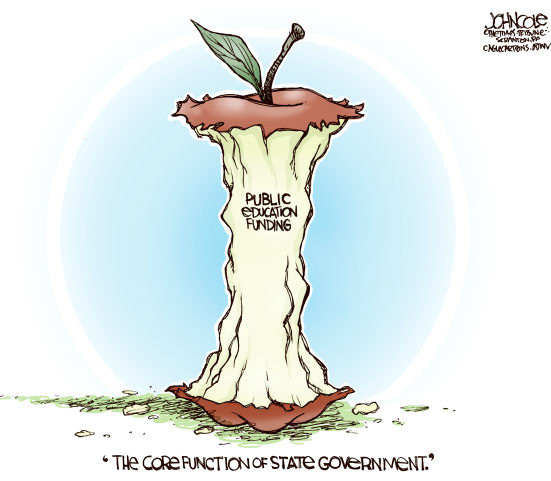
It’s that time of year when you must empathize with parents of our school leavers. From primary seven to senior six, these parents are in a quandary. Not only can they not find ‘good’ schools to fix their children, but the children are also suffering the stigma of not getting to a school of their first choice.
We have all felt the pain of these parents. Two parents approached me to help get their kids into a ‘good’ secondary school’. One kid had two D1’s and two D2’s! The other had one D1 and three D2s! These are sterling performances by any standard .Unfortunately I was unable to help because the pressure on the headmaster at this ‘good’ school was so immense. Who can blame him? But these are symptoms of a larger issue rather than the problem. From primary to university level, our education system is in disarray because of the poor policy choices we are making.
Let me give you this very basic public finance lesson. Things like education and health ARE NOT public goods. Public goods are goods that are consumed by everybody, for example security/defence and clean air. There are two attributes that make education a private good. These are the fact that its consumption is rival and exclusive. Rivalry means that the consumption of the good by one consumer decreases the availability of the good to other consumers. Exclusivity means that you can prevent others from enjoying education if they have not paid for it. That is the truth about education and why we are failing to fix it.
However,. education is a good that has positive externalities. This means that if you spend public resources on education you get a more literate (and therefore employable) population. That is national self-interest – you educate a child, you educate a nation. We then make policies that prima facie, allow everybody to enjoy the same type and level of access because education is a public good in our policy manual. This means that we must regulate the curriculum, fees and when the education is available (read school calendar).
The approach we have chosen creates a free rider problem. The free-rider problem occurs when those who benefit from resources, public goods, or services do not pay for them, which results in an under provision of those goods or services. Those with influence disenfranchise the most disadvantaged by consuming resources that they control but can also pay for. So a child of a peasant who has more need is excluded by his/her place being taken up by the child of an influential city dwelling parent. The city dweller is a free rider, whose enjoyment of education in the said ‘good’ school is paid for by the state. This is the underlying challenge we must deal with in the education system.
If we do admit that education is a private good with positive externalities, then we would apply a means-tested approach in availing it to those who need it. For those who are more well off, we would encourage them to pay and take their kids to the ‘good’ school they want to attend. That would free up resources to focus on the most disadvantaged and needy. Therefore if you want your kids to go to Budo, Gayaza or Namagunga you would be required to pay the right price of going to those schools. If it were say Ugx. 7m per term, so be it. If you wanted to go to Makerere you would also be required to pay the right price. If it were Ugx. 10 m per semester, so be it. Times have changed and we cannot live like we are still in the 1960s.
A true National Education Policy is best served by not subsidizing those elitist institutions. More resources would be spent on true UPE and USE schools, and technical institutions. The devil is in the detail but if you pay peanuts, you buy monkeys.
Samuel Sejjaaka is Country Team Leader at Abacus Business School Twitter @samuelsejjaaka
